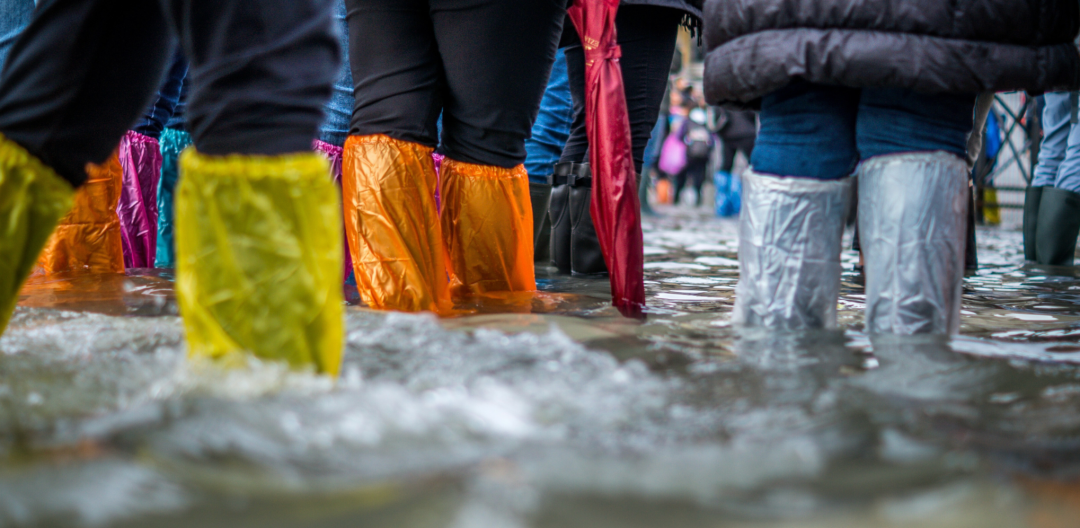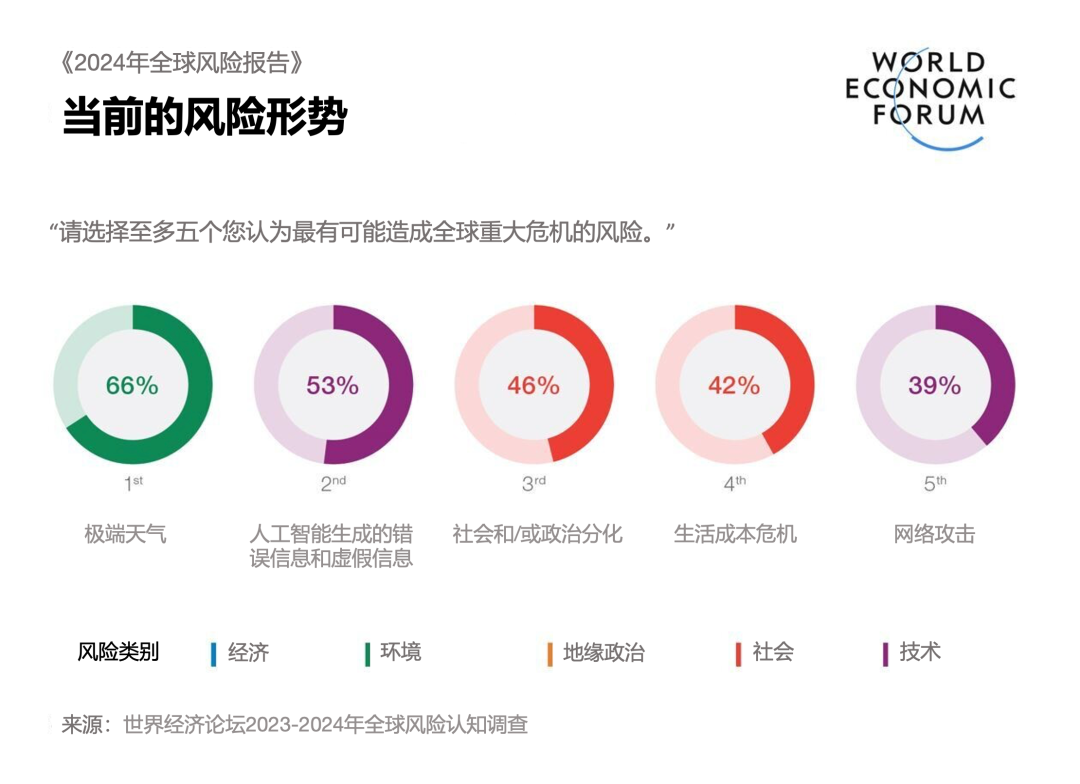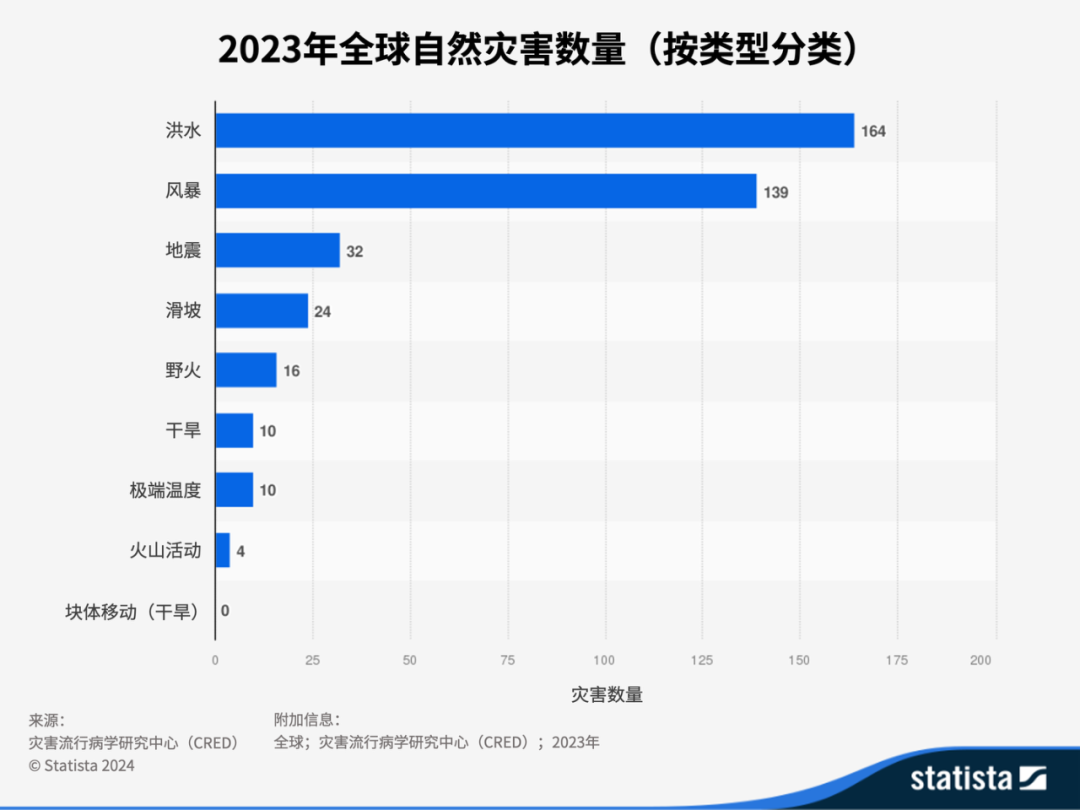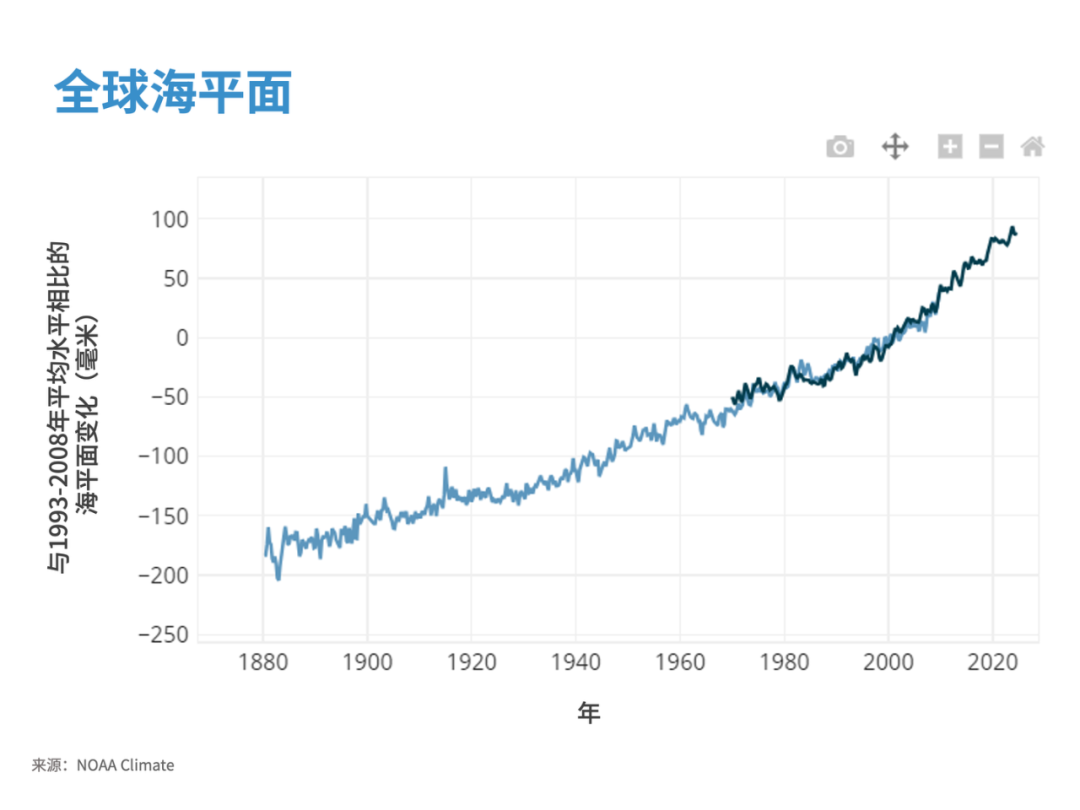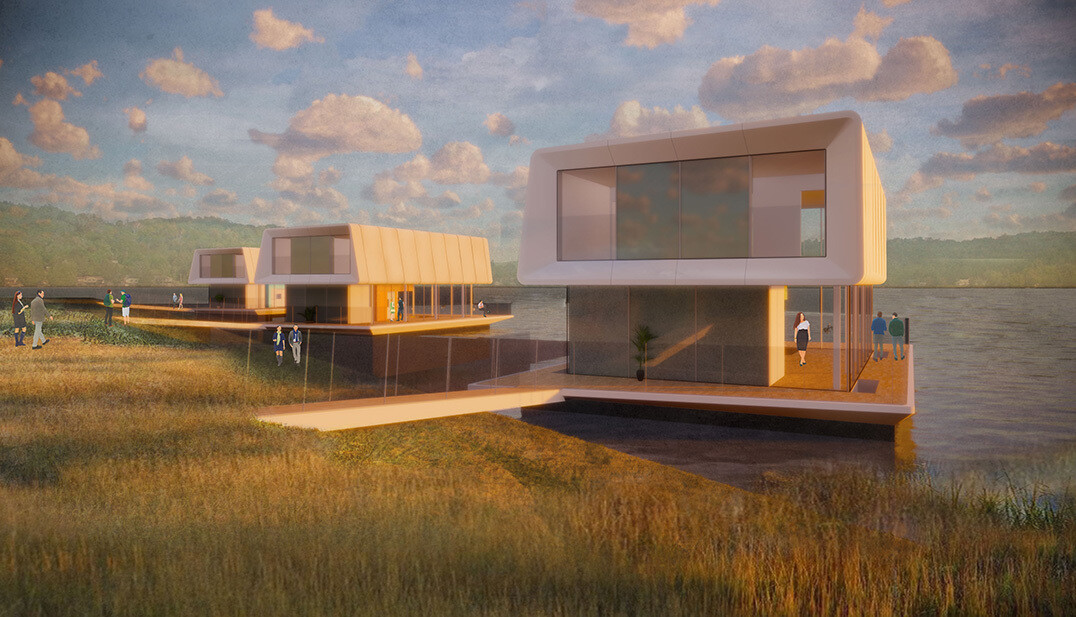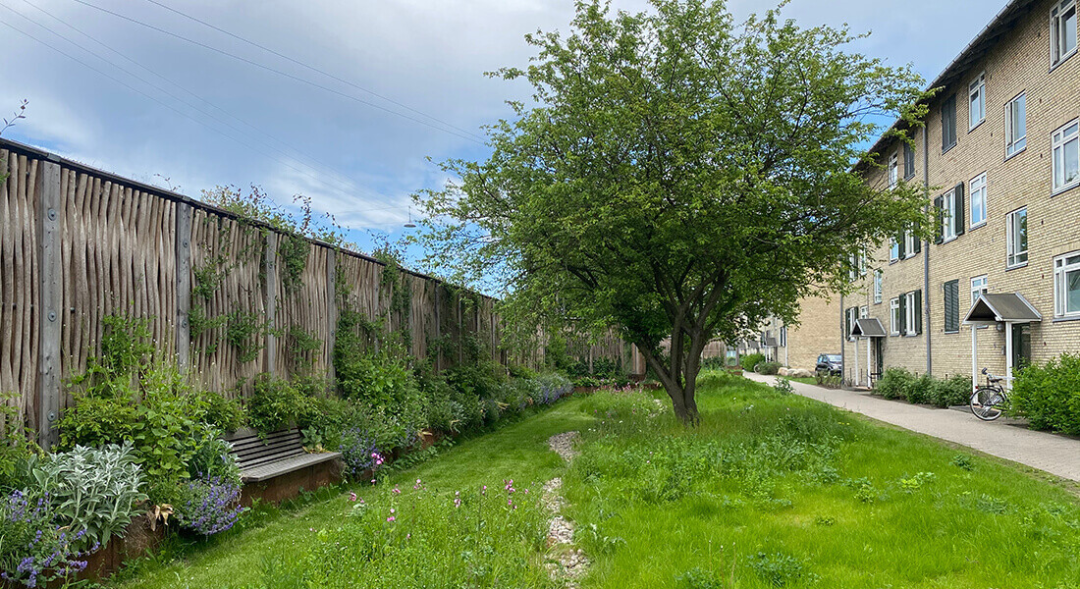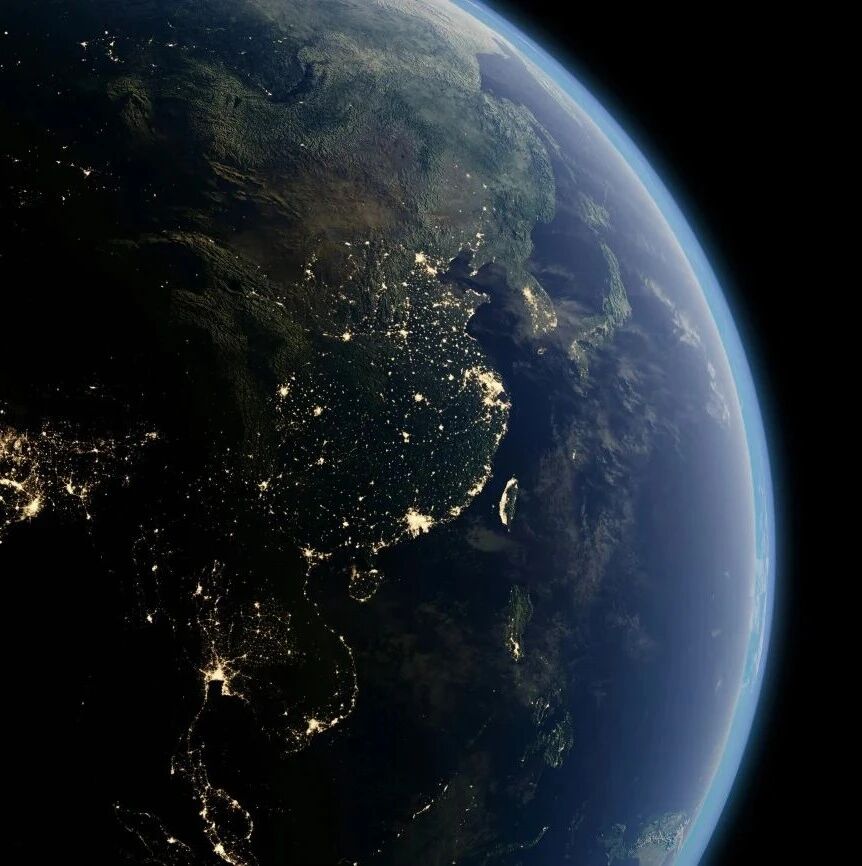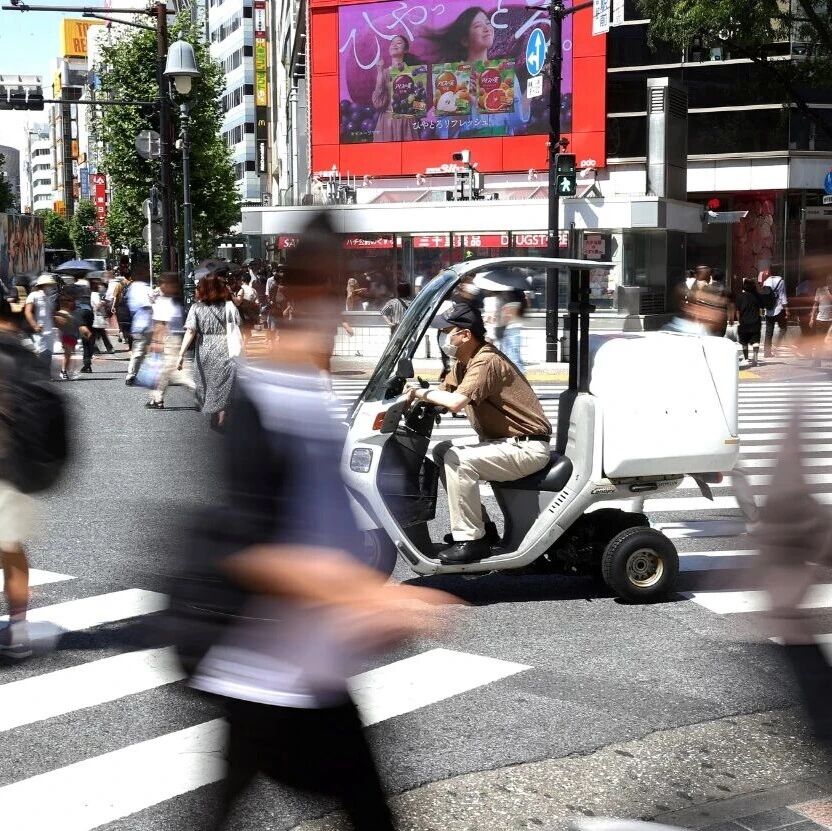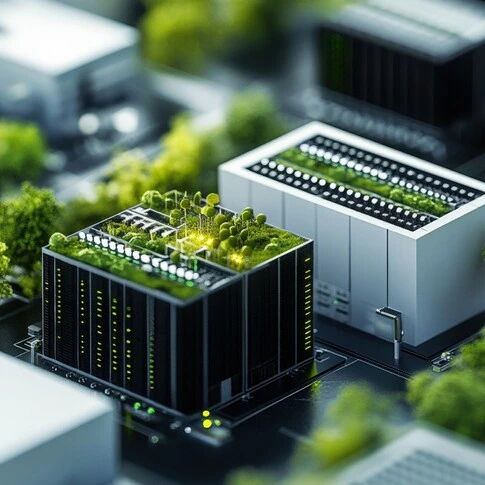Floods are becoming increasingly frequent, and innovative solutions are being developed to mitigate the risks and protect people and infrastructure.
Image source:Unsplash/Jonathan Ford
Emma Charlton
Senior Writer for the Forum Agenda
Innovative solutions such as floating homes, flood-resistant channels, sponge cities, and AI-powered flood forecasting are helping to reduce global flood risks.
Technological and nature-based solutions offer flexible, sustainable approaches to tackling the growing threat of flooding.
The World Economic Forum's "2024 Global Risks Report" highlights that extreme weather ranks among the top risks, while long-term environmental threats continue to dominate the risk landscape.
In many regions around the world, flooding is increasingly becoming an unavoidable reality of daily life.From severe flooding in Gulf countries and the U.S. to unexpected major floods in the UK, Libya, and northern Italy, the growing frequency of extreme weather events cannot be ignored. According to the World Economic Forum’s latest Global Risks Report, two-thirds of respondents ranked extreme weather— including floods—as the top risk for 2024.Extreme weather events, such as floods, are one of the major risks in 2024.
Image source:World Economic Forum's "Global Risks Report 2024"
Floods are the most common natural disaster worldwide. Research shows that the proportion of the global population affected by floods is on the rise.Floods are the most common natural disaster.
Image source:Statista
This trend will accelerate as sea levels rise. Several major cities around the world—such as Tokyo, New York, and Mumbai—are located near coastlines, putting many people at risk.As sea levels rise, coastal cities face an increased risk of flooding.
Image source: NOAA Climate
Flooding is becoming increasingly frequent, and innovative solutions along with technological advancements are working hard to mitigate the risks and safeguard both people and infrastructure. From smarter urban planning to cutting-edge technologies, here are five ways communities are tackling the growing threat of floods:1. Netherlands' Floating HomesDesign drawings of floating homes for flood situations.
Image source:Grimshaw
Floating homes are the result of a collaboration between UK-based architecture firm Grimshaw and Dutch manufacturer Concrete Valley. Built on floating pontoon structures, these homes are designed to tackle the growing threat of flooding in low-lying areas.When water levels rise, the homes float upward, significantly reducing the risk of water entering living spaces. Built with durable, corrosion-resistant materials like concrete and glass, these homes are designed to withstand even the harshest flood conditions. Additionally, each home is equipped with solar panels and heat exchangers, ensuring a continuous supply of electricity—even during flooding events.2. Vienna's Flood Protection SystemIn 1969, the New Danube was constructed in Vienna. This 21-kilometer-long flood protection channel was built to safeguard the city from flooding.The New Danube runs parallel to the existing Danube, serving to absorb excess water during floods and helping Vienna manage its growing risk of flooding. Under normal weather conditions, the flood-control channel remains inactive; however, when floodwaters rise, gates automatically open, allowing the New Danube to take in the surplus water and relieve pressure on the main river.China pioneered the concept of "Sponge Cities"—a nature-based urban design approach that incorporates permeable surfaces, restores wetlands and waterways, and aims to absorb and store rainwater, thereby reducing flood risks."Smart Sponge Cities" draw inspiration from nature, aiming to mimic the Earth's ability to absorb water. In contrast, traditional urban designs typically rely on hard surfaces and rapid drainage systems.4. Denmark's Green Climate BarrierIn Denmark, a rainwater management system called the "Green Climate Barrier" uses natural processes to treat rainwater discharged from nearby buildings.Rainwater is channeled from the drainage to the top of the barrier, where it spreads along the structure and is absorbed by mineral wool positioned behind the branch panels. Most of the moisture evaporates naturally, while during heavy rainfall, excess water is directed either into the flower beds beneath the barrier or diverted to nearby green spaces.During periods of extremely heavy rainfall, water is diverted to specially designed areas capable of storing large volumes, helping to reduce flood risks.The green climate barrier in use.
Image source: Institut for Geovidenskab og Naturforvaltning
The green climate barrier manages rainwater at ground level, eliminating the need for costly, high-carbon infrastructure like additional tunnels. The barrier relies on gravity instead of pumps, so it doesn’t require energy-intensive equipment.5. AI and satellite imagery from Texas and other regionsNew technologies and machine learning can also be used to enhance preparedness and identify which geographic areas are most likely to be affected by flooding.Beth Tellman, an assistant professor at the University of Arizona, partnered with community organizations in Texas' Rio Grande Valley and was awarded the 2023 Climate Change AI Innovation Award.She leverages machine learning and satellite data to create detailed flood maps and databases, providing critical support for flood-related legal cases and helping to drive adaptive measures in regions severely affected by flooding. By utilizing high-resolution satellite data, the team has improved the quality of their AI models by 10%, ensuring that the maps accurately reflect real-world flood conditions.Google has also launched an AI-powered flood prediction project called Flood Hub. Designed to deliver localized flood data, Flood Hub can forecast floods up to seven days in advance, enabling people to take proactive measures and mitigate flood risks. Currently, Flood Hub covers more than 80 countries, providing flood prediction services for over 1,800 locations. With daily updates, it has become a reliable resource for anticipating and preparing for potential flooding events.Flooding as a reality we must confrontGlobal floods are becoming increasingly frequent, and communities are now seeking innovative solutions to mitigate risks and protect people.From floating homes and flood-resistant channels to sponge cities and AI-powered flood forecasting, innovative solutions offer flexible, sustainable approaches to tackling the growing threat of flooding.By leveraging technology and nature-based solutions, cities and regions can better prepare for future flood events, safeguarding both people and infrastructure while strengthening their long-term resilience.
The above content solely represents the author's personal views.This article is translated from the World Economic Forum's Agenda blog; the Chinese version is for reference purposes only.Feel free to share this on WeChat Moments; please leave a comment below the post if you’d like to republish.
Translated by: Di Chenjing | Edited by: Wang Can
The World Economic Forum is an independent and neutral platform dedicated to bringing together diverse perspectives to discuss critical global, regional, and industry-specific issues.
Follow us on Weibo, WeChat Video Accounts, Douyin, and Xiaohongshu!
"World Economic Forum"

